Disclosure: This article contains affiliate links. We may earn a commission from purchases at no extra cost to you, which helps our travel content.
The light in southwestern Uganda has a quality I've never encountered elsewhere – golden and rich, yet somehow soft against the rolling emerald hills of Mbarara. After documenting monasteries across three continents, I found myself drawn to this lesser-traveled corner of East Africa, camera in hand and curiosity piqued. What began as a brief stopover on my way to Rwanda's gorilla highlands transformed into one of the most visually rewarding weeks of my twenty years behind the lens.
Navigating Mbarara's Cultural Landscape
Mbarara sits at the crossroads of Uganda's cultural and natural wealth, serving as both gateway to the national parks and stronghold of the ancient Ankole Kingdom. The town itself presents a fascinating visual paradox – bustling modern commerce alongside traditional cattle-keeping practices that have remained largely unchanged for centuries.
My first morning, I rose before dawn to capture the milk vendors bringing their wares to the central market. The combination of early mist, the gentle lowing of the iconic long-horned Ankole cattle, and the warm smiles of herders created images with soul and context. I found my camera rain cover essential during the brief but intense morning showers that swept through without warning.
For those seeking authentic cultural exchanges, I recommend visiting the Igongo Cultural Centre just 12km outside town on the Mbarara-Kampala road. The museum houses a remarkable collection of traditional implements, royal regalia, and historical photographs. The center's director, a passionate historian named Mugisha, generously spent an afternoon explaining the symbolic significance behind various artifacts – knowledge that transformed my subsequent photographs from mere documentation to visual storytelling.
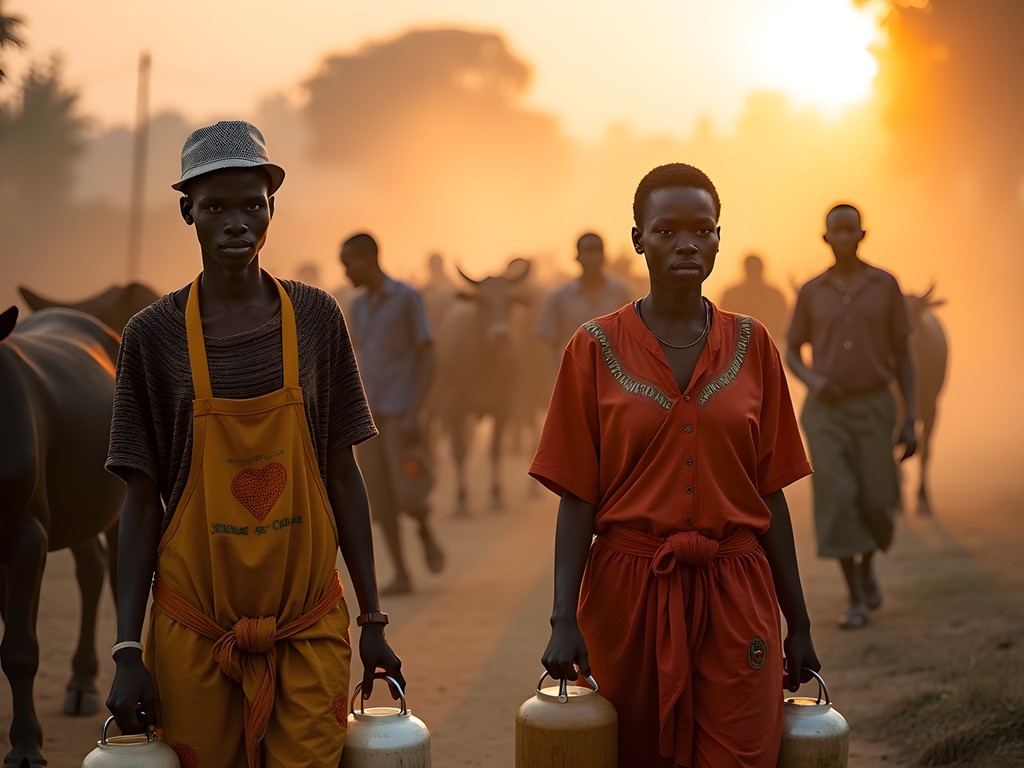
💡 Pro Tips
- Visit the central market between 6:30-8:00am to capture the best morning light and most authentic interactions
- Always ask permission before photographing individuals, offering a small print in return creates goodwill
- The Ankole cattle herders are generally proud of their animals and willing to pose if approached respectfully
The Sacred Landscapes of Biharwe
Just east of Mbarara lies Biharwe Hill, site of a pivotal historical battle and offering panoramic views that showcase why southwestern Uganda is called 'the land of milk and honey.' I arrived midafternoon, when the light begins its dramatic shift toward evening gold, transforming the patchwork of small farms and eucalyptus groves into a living tapestry.
The hilltop shrine requires a moderate 40-minute hike that rewards photographers with 360-degree vistas. I found my trekking poles invaluable on the sometimes slippery trail, especially after rain. The effort is undoubtedly worth it – from this vantage point, you can compose shots that capture both the physical and spiritual dimensions of the landscape.
Local guides are available through the small visitor center and provide invaluable context about the historical significance of specific viewpoints. My guide, Joseph, knew precisely when certain valleys would fall into dramatic shadow while others remained illuminated – the kind of insider knowledge that elevates landscape photography from pretty to profound.
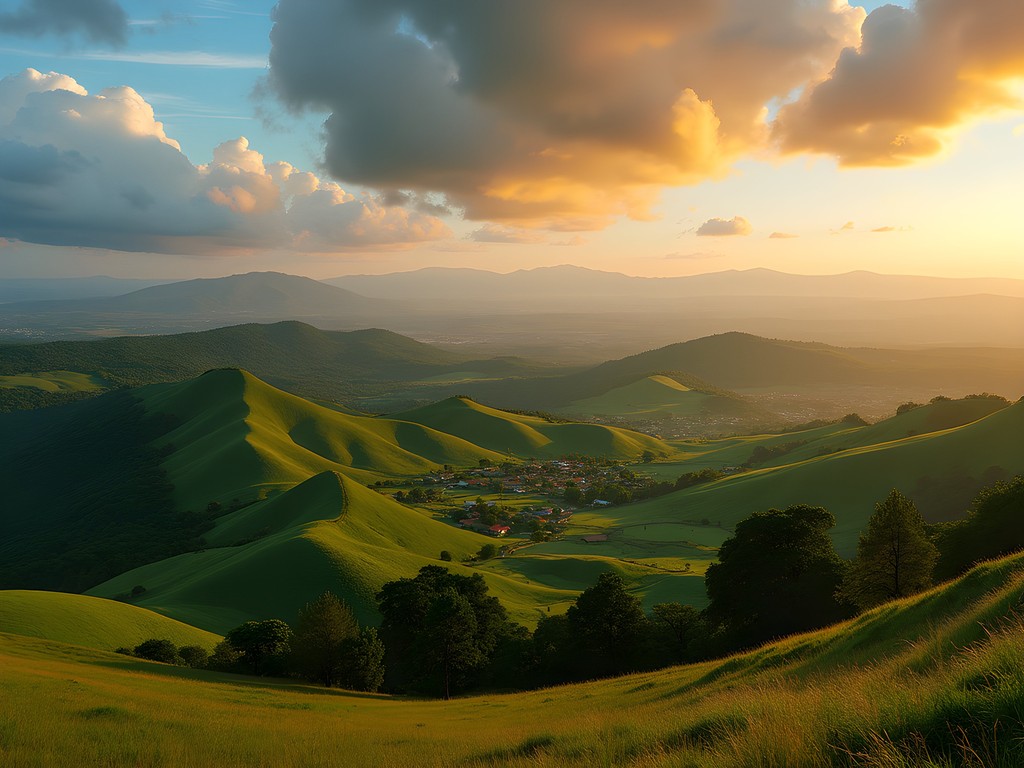
💡 Pro Tips
- Schedule your visit for late afternoon (around 4pm) when the light creates dramatic shadows across the valleys
- Bring a polarizing filter to manage the intense contrast between sky and landscape
- A local guide costs approximately 15,000 UGX ($4 USD) and is worth every shilling for their knowledge of optimal viewpoints
Portraits and Stories at Lake Mburo
An hour east of Mbarara lies Lake Mburo National Park, Uganda's smallest savanna reserve and a photographer's paradise. While many visitors rush through en route to larger parks, I dedicated two full days here and discovered a microcosm of East African beauty without the crowds.
The lake itself supports a remarkable array of birdlife, particularly during the early morning hours. I positioned myself near the eastern shore before sunrise, setting up my lightweight hide to capture fish eagles diving for breakfast without disturbing their natural behavior.
Beyond wildlife, the true photographic treasure of Lake Mburo lies in the Bahima cattle keepers who maintain centuries-old relationships with the landscape along the park's boundaries. With proper arrangements through the Uganda Wildlife Authority, I spent an afternoon documenting a family's cattle-dipping ritual – a perfect blend of cultural documentation and environmental portraiture.
The light near sunset takes on an almost surreal quality here, with dust from the cattle enclosures creating natural diffusion that portrait photographers dream about. I found my reflector indispensable for adding gentle fill light to portraits without disturbing the authentic atmosphere.
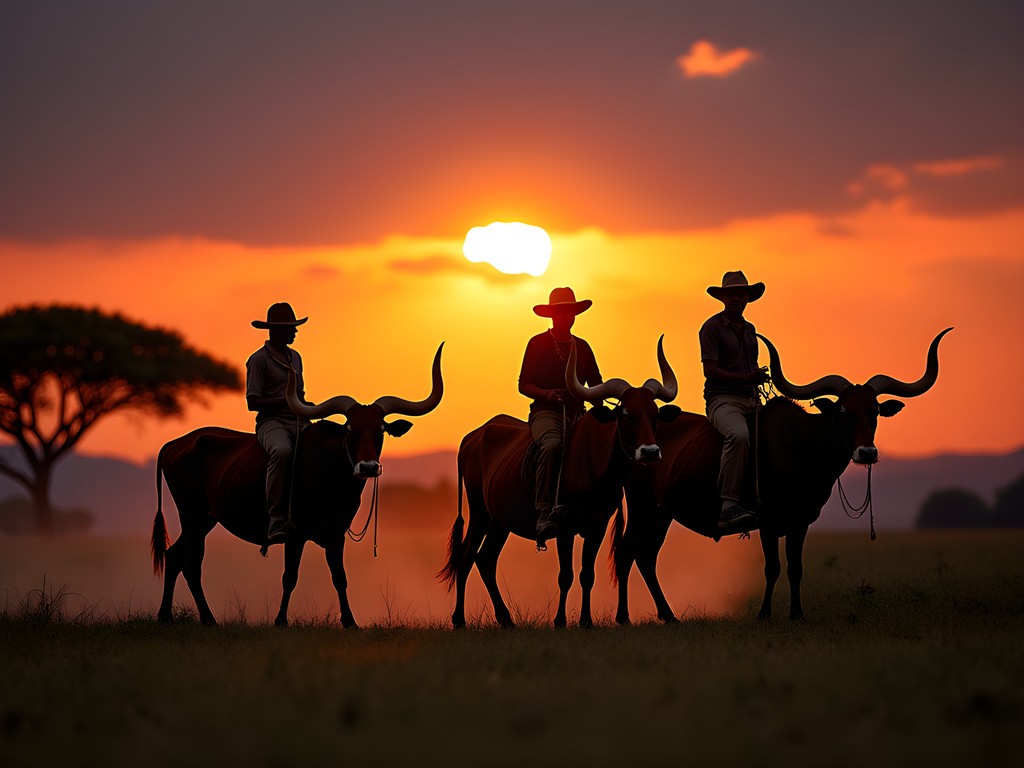
💡 Pro Tips
- Hire a ranger guide (35,000 UGX) who can safely position you for optimal wildlife photography opportunities
- Bring sufficient memory cards – the combination of landscapes, wildlife and cultural photography opportunities will fill them quickly
- Consider renting a small boat for unique perspectives of the lake shore and islands
Technical Challenges: Light and Logistics
Uganda's equatorial position creates unique challenges for photographers accustomed to the gentler light of higher latitudes. In Mbarara, the transition from darkness to full daylight occurs with startling rapidity – you have perhaps 30 minutes of that magical morning light before harsh overhead sun takes hold.
I relied heavily on my light meter to nail exposures during these fleeting golden moments. The contrast between shadow and highlight can easily exceed most camera sensors' dynamic range, particularly when photographing dark-skinned subjects against bright landscapes.
Logistically, power inconsistency proved my greatest challenge. Mbarara experiences frequent outages, sometimes lasting several hours. My solar charger became my most valued possession, ensuring my batteries remained charged regardless of grid conditions. Similarly, I found a portable hard drive essential for backing up images daily – dust is omnipresent during dry season and can wreak havoc on camera sensors and laptop ports.
For those planning to photograph in remote villages, I recommend stocking up on small prints from previous days' shooting. I carried a portable photo printer that allowed me to give immediate gifts to subjects – creating goodwill that opened doors to more intimate photographic opportunities.
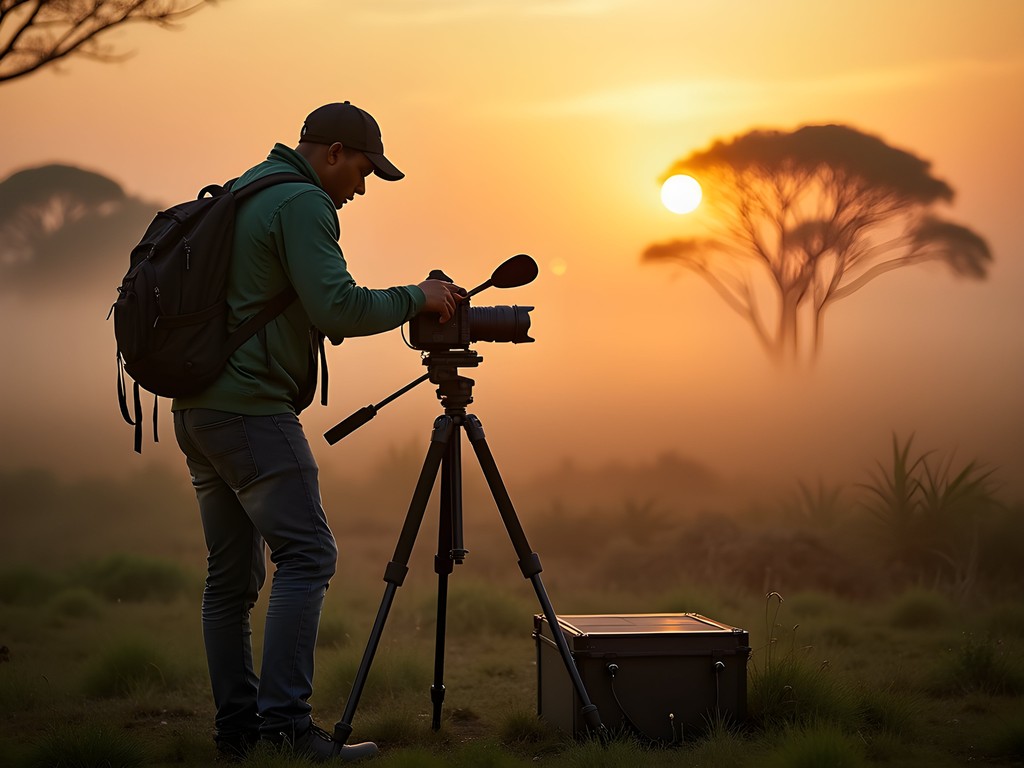
💡 Pro Tips
- Set two alarms – one for 30 minutes before sunrise to capture the brief but spectacular dawn light
- Invest in quality sensor cleaning equipment – the red dust gets everywhere during dry season
- Carry a lightweight reflector to soften the harsh midday shadows when photographing people
Final Thoughts
As I packed my gear on my final Mbarara morning, watching thunderheads build over distant hills, I realized this region had fundamentally shifted my approach to travel photography. Beyond the technical challenges and breathtaking landscapes, it was the genuine human connections that elevated my images from mere documentation to something more profound.
Mbarara taught me to slow down, to let photographs emerge organically from authentic experiences rather than hunting frantically for the perfect shot. The cattle keepers, market vendors, and museum curators I encountered weren't just photographic subjects – they became collaborators in visual storytelling, generously sharing their world.
If you're considering Uganda for your next photographic journey, look beyond the gorilla treks and safari circuits. In Mbarara's rolling hills and vibrant markets, in the proud stance of a Bahima herder with his ancestral cattle, you'll find images that speak to both the eye and heart. Just remember to put the camera down occasionally – some moments deserve to be experienced rather than captured.
✨ Key Takeaways
- Mbarara offers unique photographic opportunities blending cultural heritage, stunning landscapes and authentic human connections
- Early morning and late afternoon provide optimal lighting conditions for both landscape and portrait photography
- Respectful engagement with local communities opens doors to more meaningful photographic opportunities
- Technical preparation (backup power, sensor cleaning, etc.) is essential given the environmental challenges
📋 Practical Information
Best Time to Visit
June-August (dry season) or December-February (short dry season)
Budget Estimate
$40-60 USD per day excluding park fees
Recommended Duration
5-7 days
Difficulty Level
Intermediate


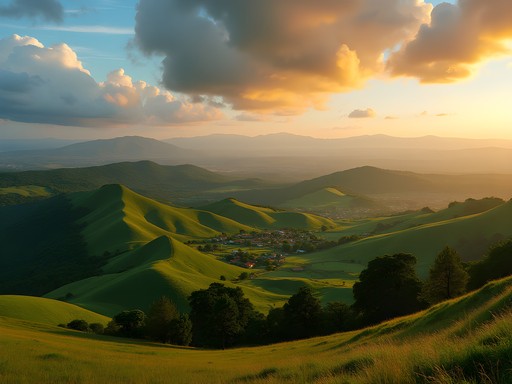
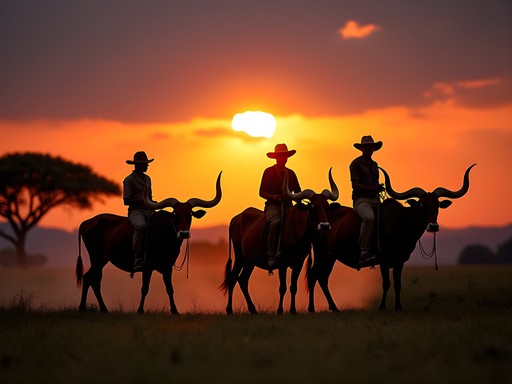
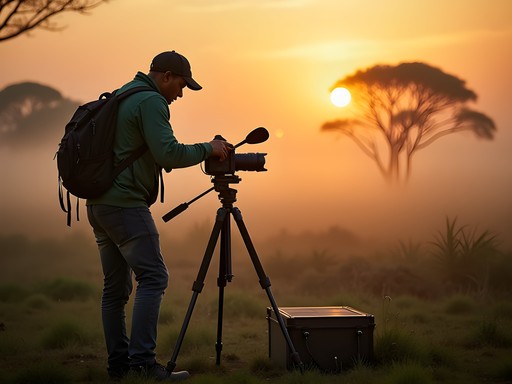


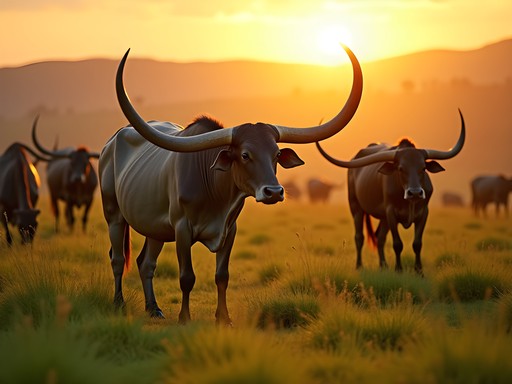
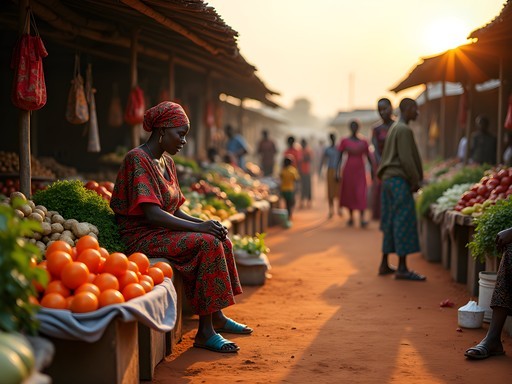



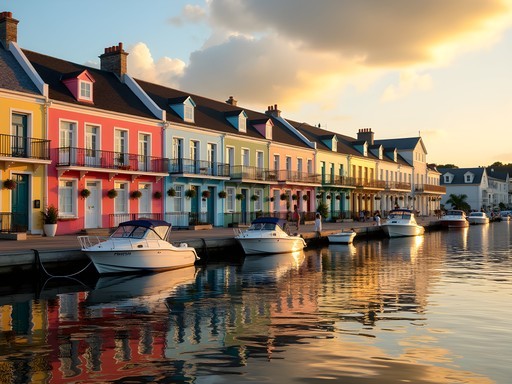
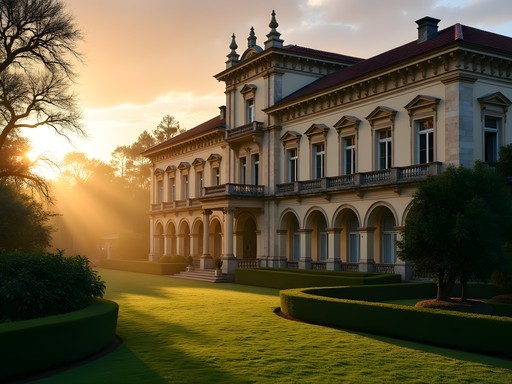

Comments
hikingrider
Your photos are stunning! Did you use any special filters for those landscape shots?
Evelyn Rogers
Thank you! Just a polarizer for the landscapes to cut glare and enhance the clouds. The light there does most of the work!
Frank Carter
Evelyn, your post brought back vivid memories of my time in southwestern Uganda. I remember sitting on the shores of Lake Mburo at dawn, watching fishermen set out in wooden canoes as the mist rose off the water - pure magic for photography. The light there truly has a character all its own. For anyone planning to visit, I'd recommend spending at least 3 days in Mbarara to really capture the changing moods of the landscape. And don't miss the chance to photograph the long-horned Ankole cattle against that stunning backdrop - they're practically a symbol of the region!
travelbackpacker7823
I visited Mbarara last year and was blown away by the cultural richness. The Biharwe area you mentioned is magical - I spent hours just watching the light change over those hills. Did you get a chance to visit any of the local markets? I found them to be incredible for candid photography, though I always asked permission before taking photos of people. Those thunderstorms you mentioned are no joke - I got caught in one and my rain cover saved my camera!
hikingrider
Those thunderstorms are part of the experience though! Some of my best photos came right after the rain when everything looks so fresh.
sunsetwalker
I'm planning my first trip to Uganda next spring. Did you feel safe traveling solo in Mbarara with camera equipment? Any specific areas to avoid?
Evelyn Rogers
I felt quite safe in Mbarara! Just use common sense - don't flash expensive gear in crowded areas and maybe bring a worn camera bag rather than something that screams 'expensive equipment inside'. The locals were incredibly welcoming.
sunsetwalker
Thanks so much for the quick response! That's reassuring to hear.
skyrider
Those golden hour shots must be incredible in Mbarara! Your description of the light quality makes me want to visit just for photography.
Douglas Bradley
Evelyn, your piece captures something I've struggled to articulate about Mbarara - that intersection between landscape and culture that makes the region so photographically compelling. I spent six weeks documenting cattle culture across Ankole last year, and found the same challenges with rapidly changing light conditions you mentioned. The technical section of your article should be required reading for photographers heading to the region. One thing I'd add about photographing in Biharwe - timing visits around the monthly cattle markets adds an incredible dimension to cultural photography there. The traditional evaluation methods and negotiations between herders offer intimate moments that reveal centuries of cultural continuity. The dust kicked up by hundreds of cattle also creates these ethereal light rays in the morning that transform ordinary portraits into something almost mystical. Your article has me planning a return trip focused specifically on the sacred landscapes you highlighted. Thanks for the inspiration!
Evelyn Rogers
Douglas, that cattle market tip is gold! I completely missed those events during my visit. Adding that to my notes for the inevitable return trip. Would love to see your Ankole cattle culture series if you have it published somewhere?
Douglas Bradley
Just sent you a DM with links to the series! It was published in Geographic Traveler last spring. Happy to share contact info for some of the herding families who were particularly welcoming to photographers.
roamninja
Just booked my trip to Uganda for January and adding Mbarara to my itinerary after reading this! Any recommendations for local guides who understand photographers' needs? Those golden hour shots of the hills sound incredible!
roamgal
Check out Mbarara Photo Tours - they're run by a local photographer named Joseph who knows all the best spots and times. He was incredibly patient while I spent 20 minutes getting the perfect shot of a weaver bird!
roamninja
Thank you so much! Just looked them up and sent an inquiry. Can't wait!
Kimberly Murphy
Evelyn, your post captures exactly what makes Mbarara special! I led a photography workshop through Uganda last year, and the Biharwe hills were a highlight for all my students. The interplay of culture and landscape there is something I haven't experienced elsewhere. We spent an afternoon with a local cattle herder who showed us how they've maintained traditions while adapting to modern challenges. Those portraits became the centerpiece of our exhibition back in Liverpool. Did you find that thunderstorms affected your shooting schedule much? We had to become quite adaptable with our itinerary because of sudden afternoon downpours!
Evelyn Rogers
Kimberly, those afternoon storms definitely required flexibility! I ended up embracing them and got some dramatic shots of lightning over Lake Mburo that became some of my favorites from the trip. Your workshop sounds amazing - what a special experience for your students!
roambackpacker
Did anyone else struggle with the dust affecting their camera gear? I was in Uganda during dry season and had such a hard time keeping everything clean. Any tips for my next visit?
Kimberly Murphy
I had the same issue! Silica gel packets saved my gear. I also kept a weather-sealed bag and only changed lenses inside vehicles or buildings. A rocket blower was essential for daily maintenance!
wavezone4317
What camera setup did you use for those incredible landscape shots with the thunderheads?
Evelyn Rogers
For the storm shots I used my trusty Sony A7IV with a 24-70mm f/2.8. The dynamic range really helped balance the bright clouds against the darker landscape. Shot in RAW and did some exposure blending in post.
Venture X
Premium card with 2X miles, $300 travel credit, Priority Pass